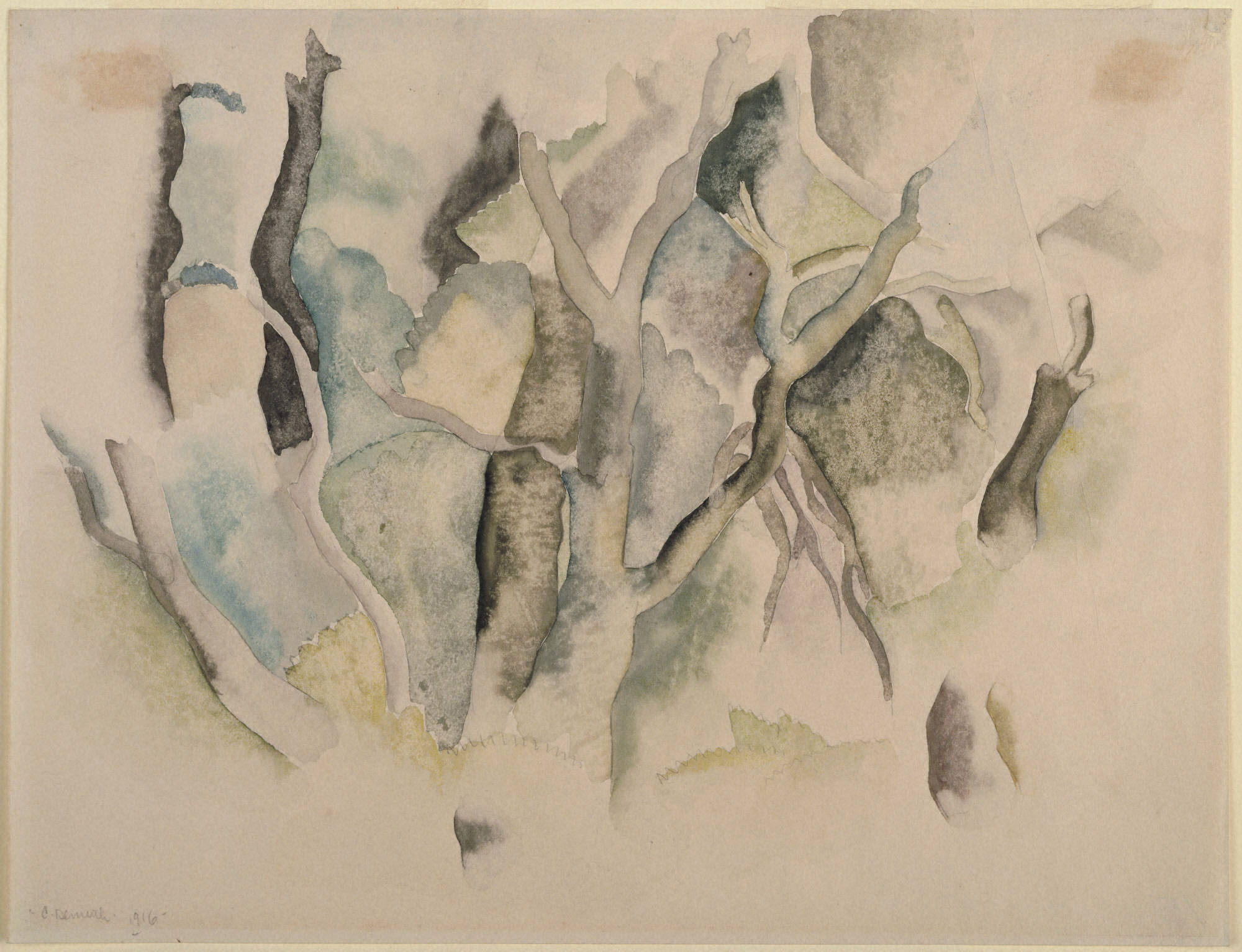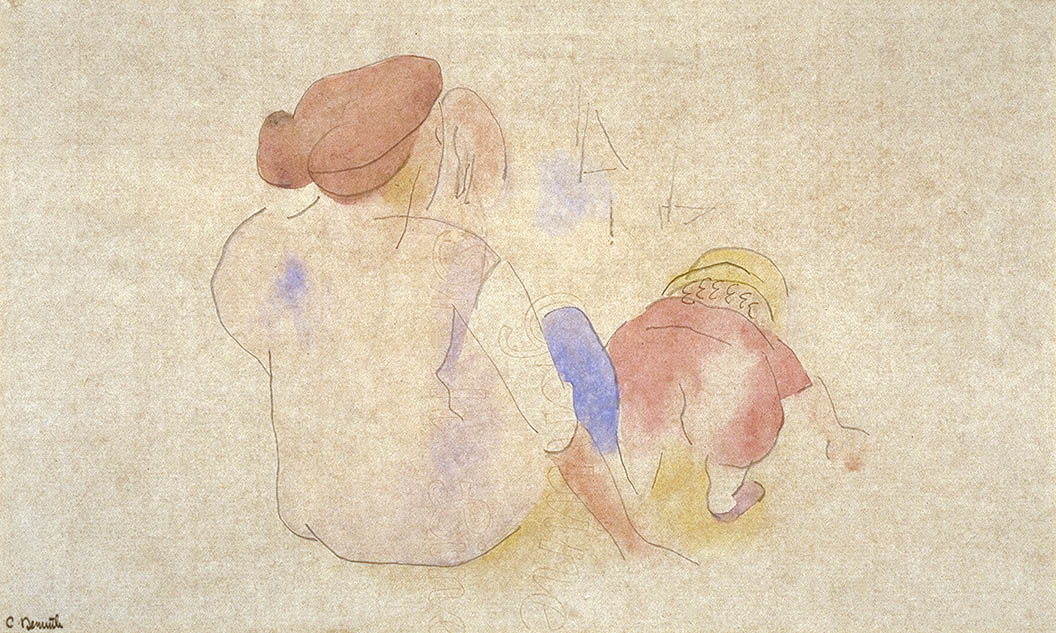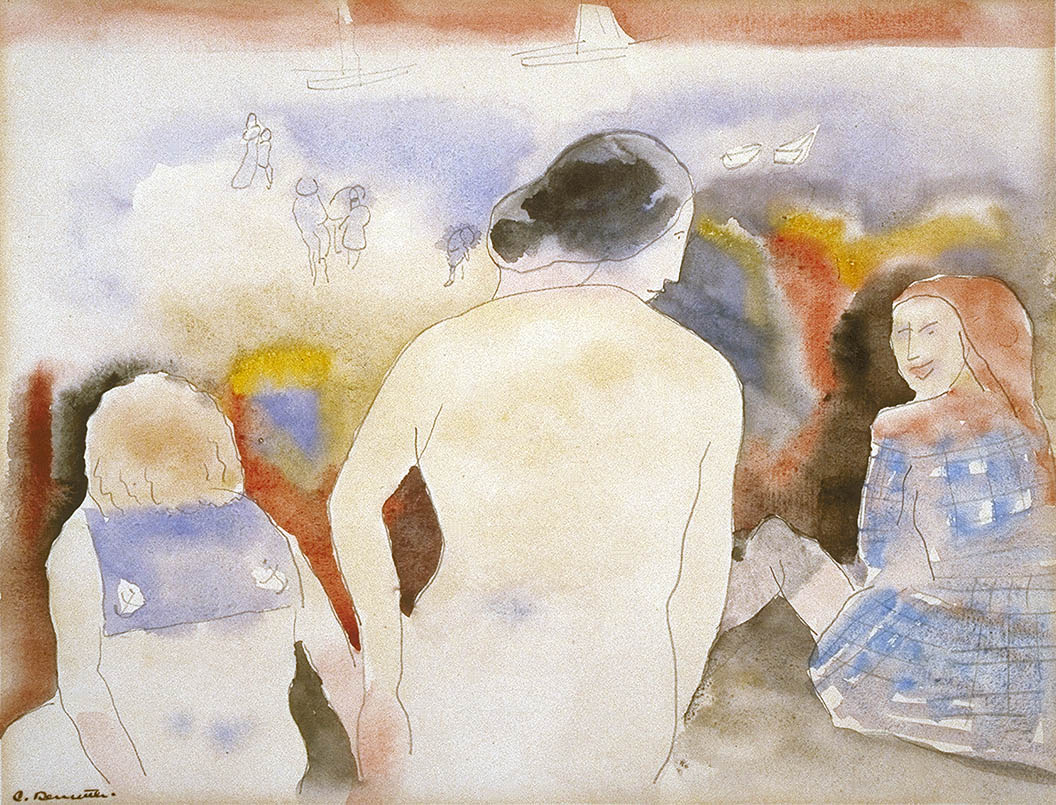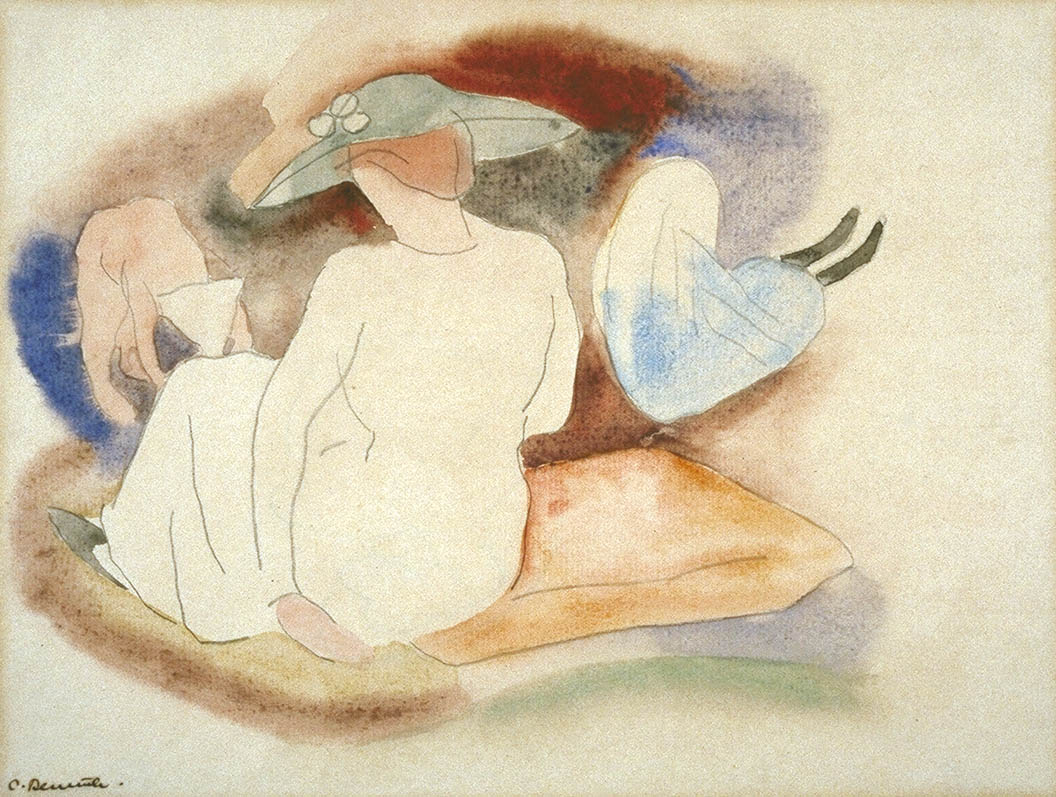Charles Demuth
Demuth was born to a prosperous, well-established Lancaster, Pennsylvania, family, but lameness from a hip disease contracted in childhood and his early ambivalence about his homosexuality combined to form an outsider self-image. As a child, Demuth took art lessons and later attended the Drexel Institute of Technology. Even though some members of his family were amateur artists, the Demuths were convinced that their son would fare better professionally as a commercial artist. Demuth's teachers at Drexel, however, encouraged him to transfer to The Pennsylvania Academy of the Fine Arts. Trips to Europe during and after his five years at the academy (in 1907 and 1912–14) exposed Demuth to the vanguard art that was to influence his own style. When he returned to America, he divided his time among New York, Lancaster, and New England seaside resorts, where he spent his summers. In New York he exhibited first with Charles Daniel and later with Alfred Stieglitz, while pursuing a bohemian lifestyle. It was during his New England summers, particularly in Provincetown under the influence of Marsden Hartley, that he developed the precisionist style for which he is known. After a serious illness in 1921, diagnosed as diabetes, Demuth never again enjoyed good health. From then on, he painted primarily in watercolor and tempera. His last works were Provincetown beach scenes.
William H. Truettner and Roger B. Stein, editors, with contributions by Dona Brown, Thomas Andrew Denenberg, Judith K. Maxwell, Stephen Nissenbaum, Bruce Robertson, Roger B. Stein, and William H. Truettner Picturing Old New England: Image and Memory (Washington, D.C.; New Haven, Conn; and London: National Museum of American Art with Yale University Press, 1999


















